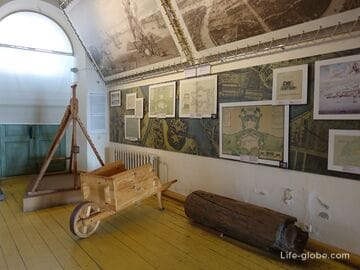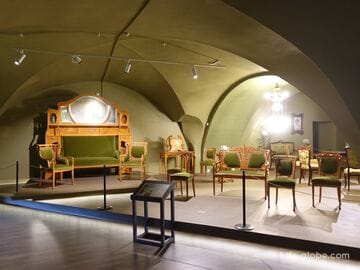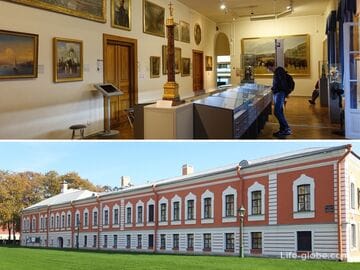The V. P. Glushko Museum of Cosmonautics and Rocket Technology is one of the museums in the Peter and Paul Fortress (Zayachy Ostrov) St. Petersburg.
The museum is located in the premises of the northern wing of the St. John's Ravelin (former auxiliary defensive structure) Peter and Paul Fortress, where in the late 1920s and early 1930s the II Department of the Gas Dynamics Laboratory (GDL) - the first Russian experimental design organization for the development of rocket engines-was located. There were also test stands for electric and liquid rocket engines.
The GDL department in the Peter and Paul Fortress was headed by Valentin Petrovich Glushko, after whom the museum is named.
In 1973, the exhibition "Museum of Cosmonautics and Rocket Technology"was opened in the workshops of the Gas-Dynamic Laboratory. Learn more about St. John's Ravelin…

Near the Museum of Cosmonautics, on the northern inner side of the Ioannovsky Ravelin, there are:
- busts: V.P. Glushko-the founder of the domestic rocket engine building, S.P. Korolev-the main organizer of the production of rocket and space technology and rocket weapons in the USSR and the founder of practical cosmonautics, Yu.A. Gagarin-the pilot-cosmonaut of the USSR;
- the lander of the topographic satellite "Comet", which visited space in the 1990s.
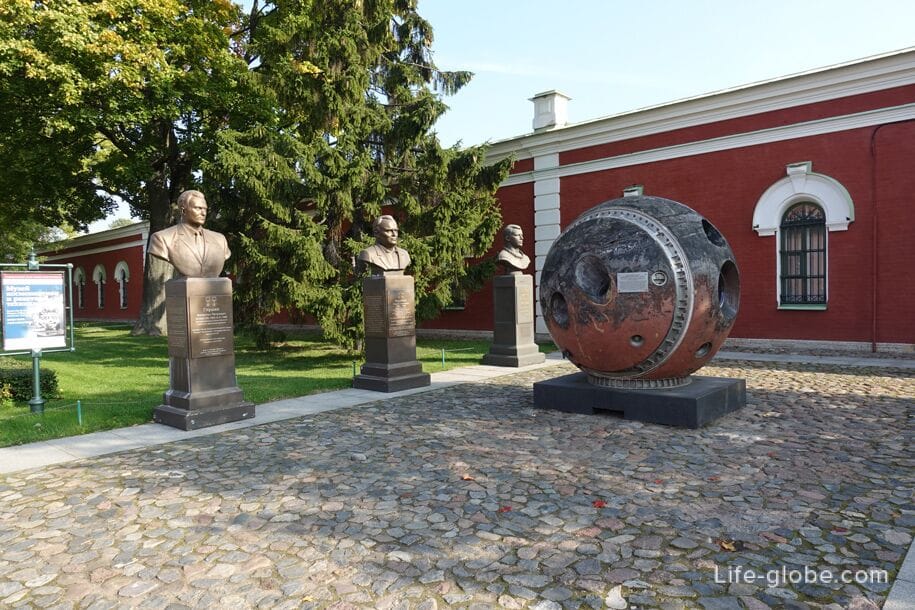
Museum yard


V.P. Glushko Museum of Cosmonautics and Rocket Technology
The museum's exposition is dedicated to the history of Russian cosmonautics and rocket technology and the role played by St. Petersburg-Leningrad scientists, engineers and designers in the development of this area of Russian science and technology.
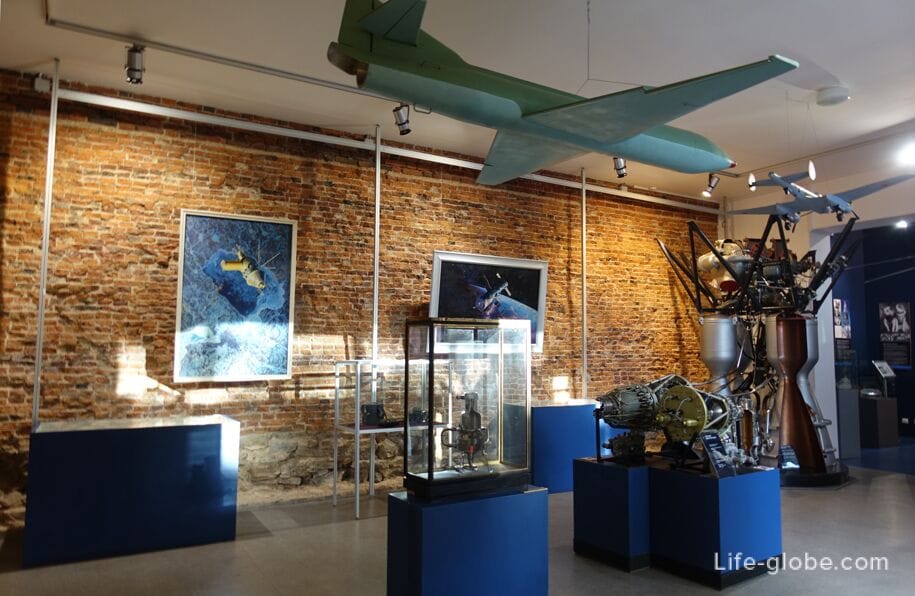
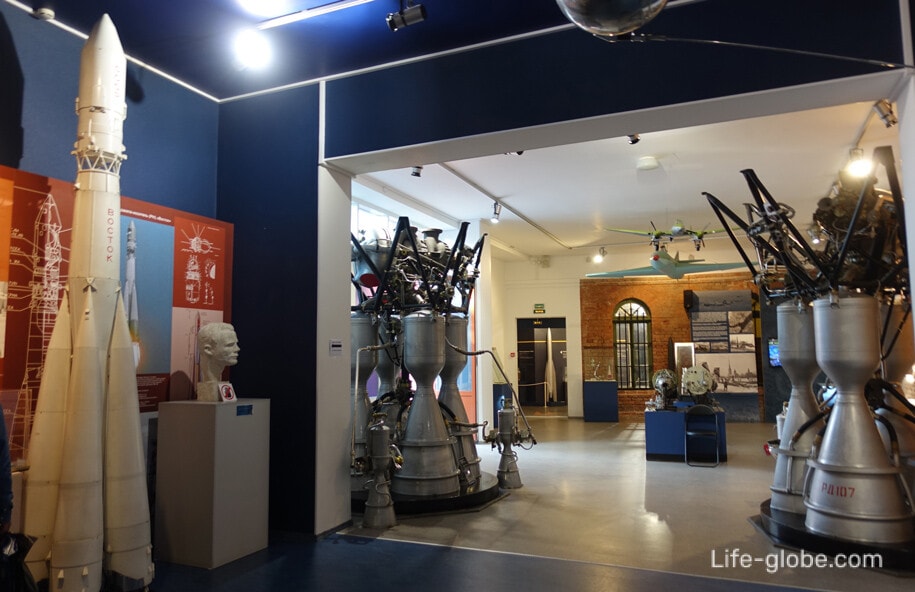
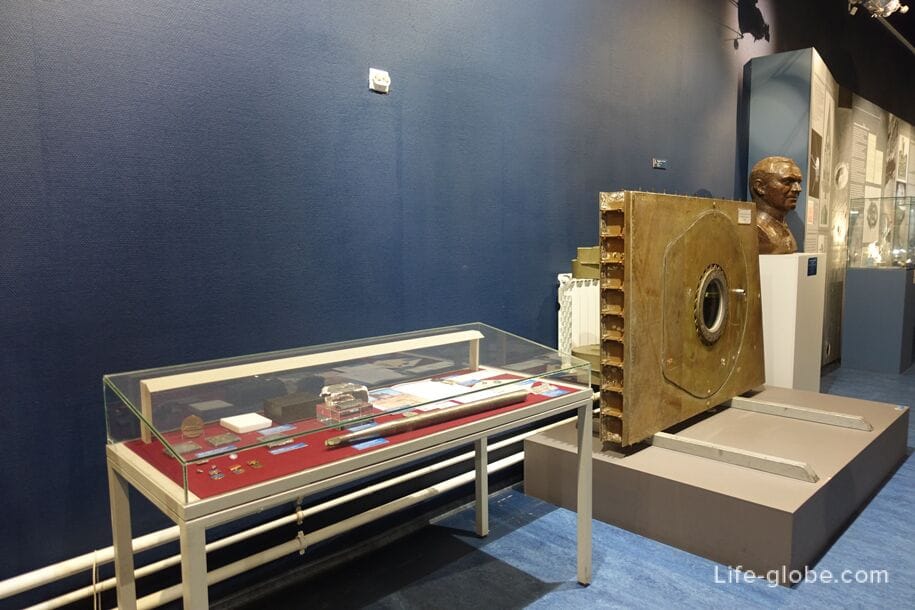
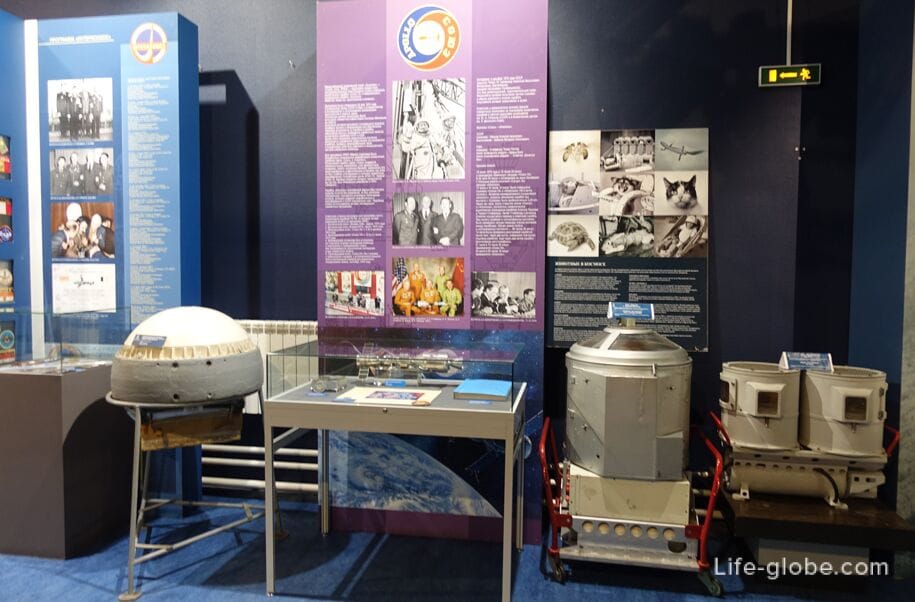
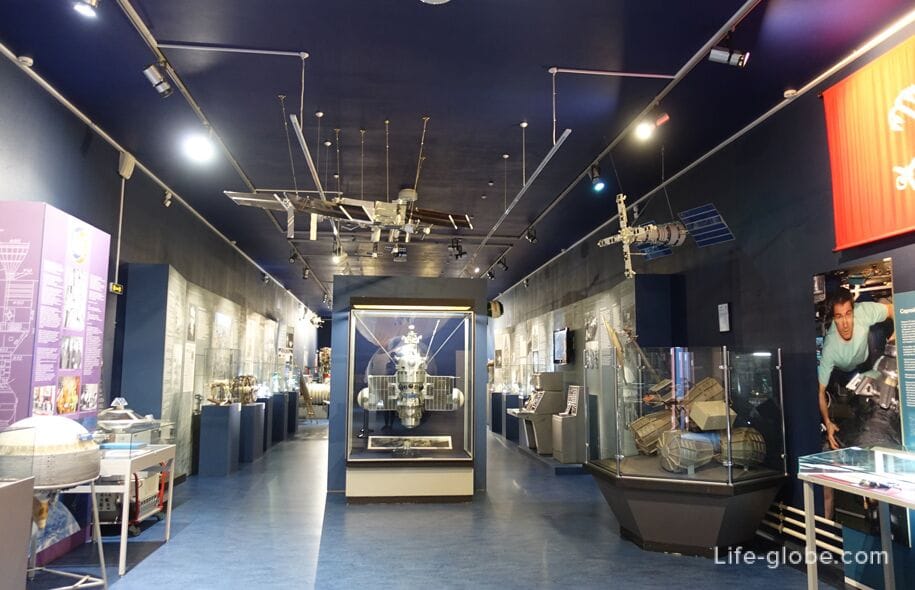
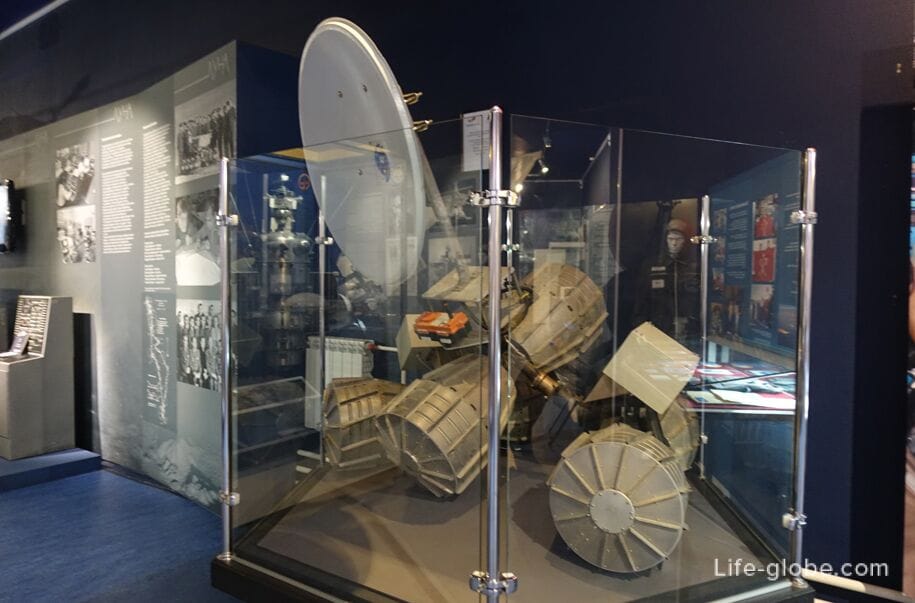
In the halls of the museum there are information stands with descriptions of cosmonautics and rocket technology, models of rockets, aircraft, rocket engines, including unique developments of the laboratory's designers: smokeless powder rockets (later used in the BM-13 mortar launcher, the so-called "Katyusha"), liquid rocket engines and their direct descendants-the main engines of space rockets.
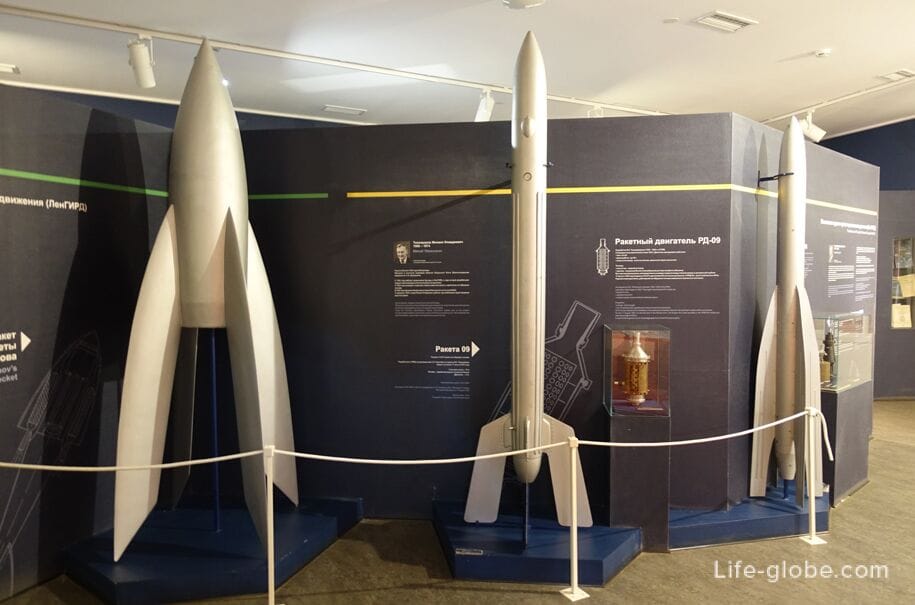
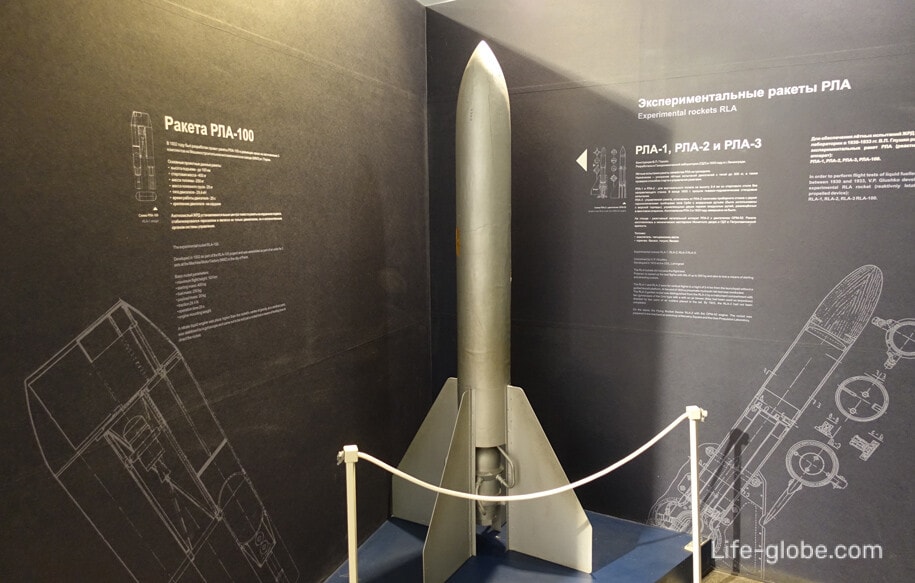
A mock-up of the I-16 fighter plane and a mock-up of the RS-82 rocket
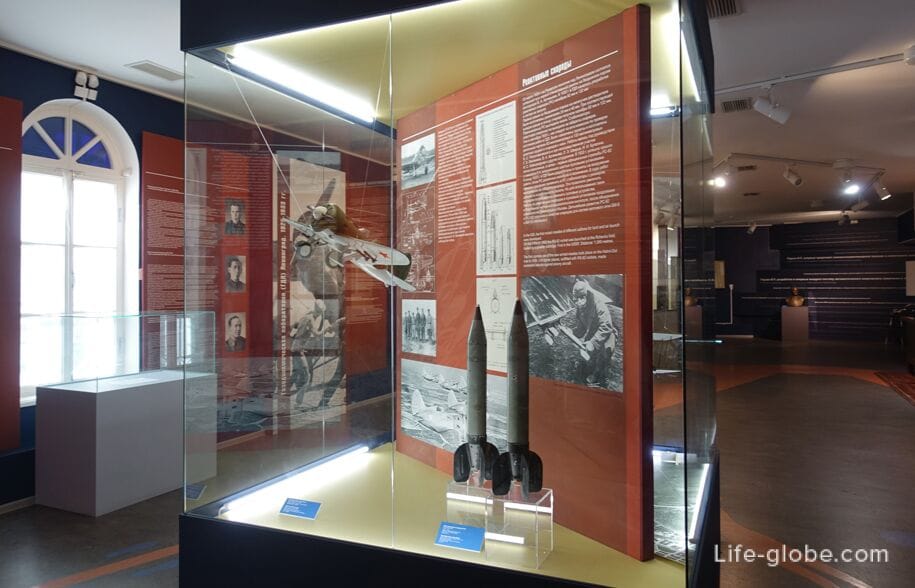
The model of the U-1 biplane and the model of the TB-1 heavy bomber aircraft

A model of a high-voltage installation for the use of electric rocket engines of the thermal type. In the 1930s, the world's first ERD was tested on such an installation.
In 1932-1933, the ERD model was used in the GDL on a ballistic pendulum. At the beginning of 1933, a powerful pulse installation was assembled in the premises of the Ioannovsky Ravelin, on which a series of tests of the ERD was carried out.
Initially, the development of the installation was carried out by engineer V.S. Sokolov. He also recreated a high-voltage installation in the 1980s on the same site in the Ioannovsky Ravelin, but for the museum.

RD-IX3 rocket engine
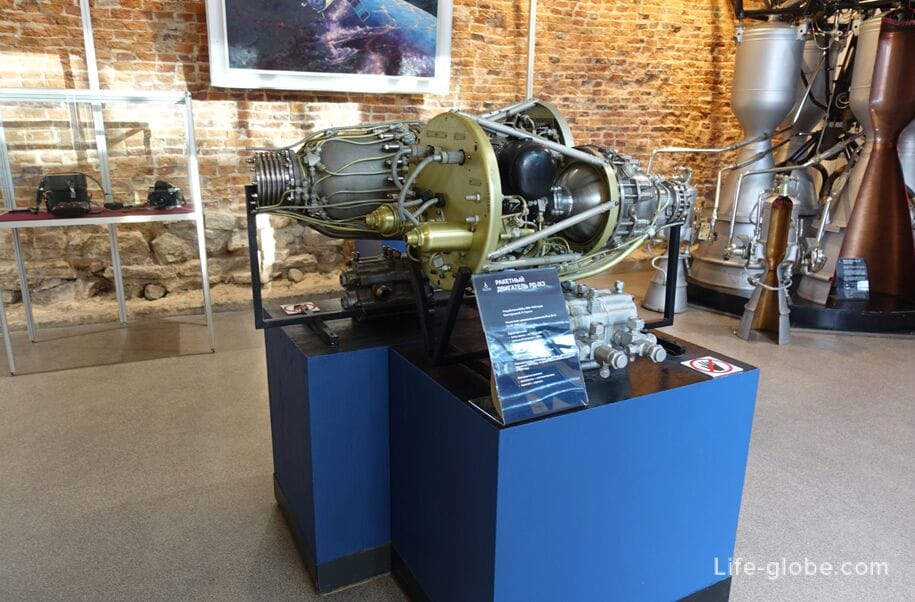
RD-108 liquid-propellant rocket engine
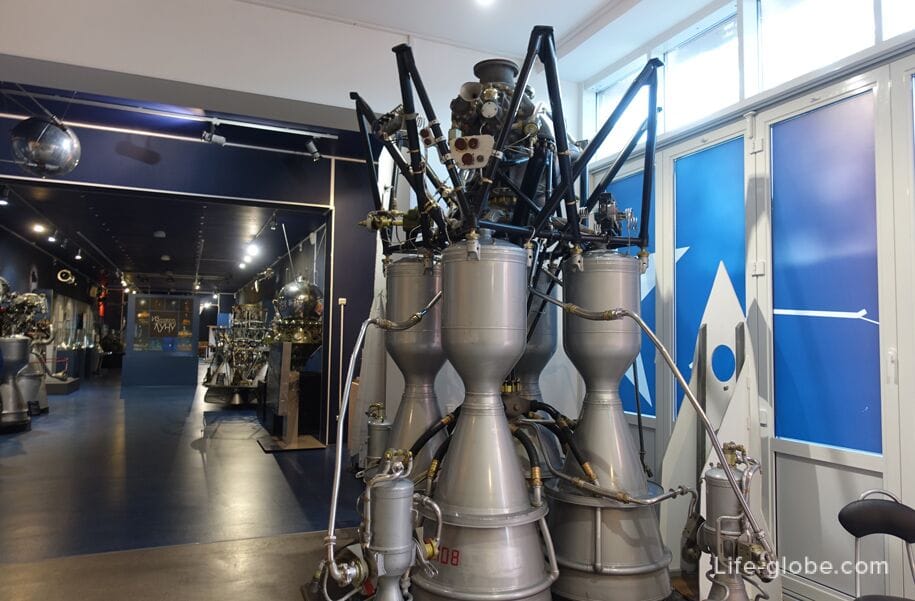
The engine RD-107 "Vostok", with the help of which and its modifications were provided for successful flights of artificial satellites of the Earth, the Moon and the Sun, automatic stations to the Moon, Venus, Mars and manned spacecraft "Vostok", "Voskhod", "Soyuz"and" Soyuz-T".
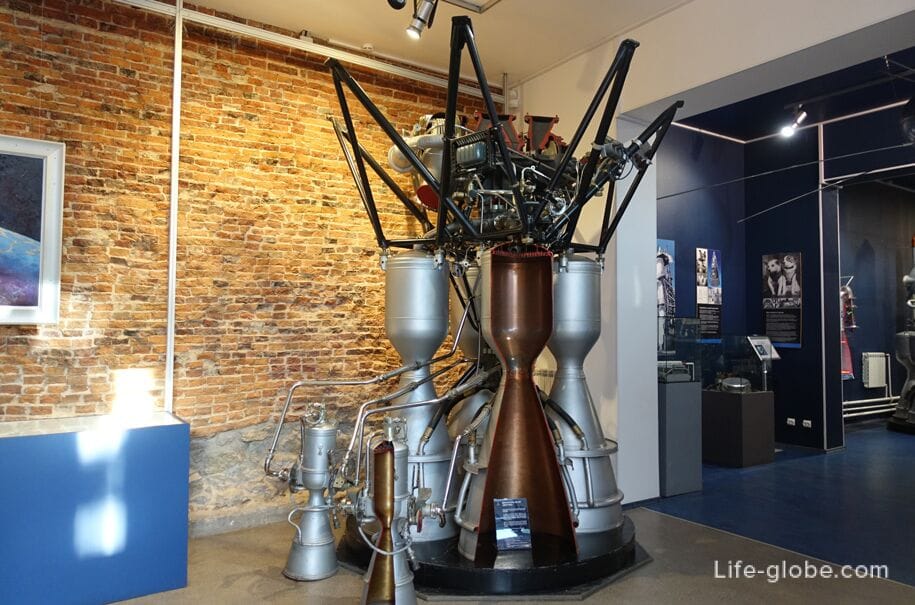
Model of the RD-191 rocket engine in the section (scale 1:2.5), the RD-214 engine for the first satellite launch vehicle "Cosmos" and the RD-119 "Cosmos" engine.
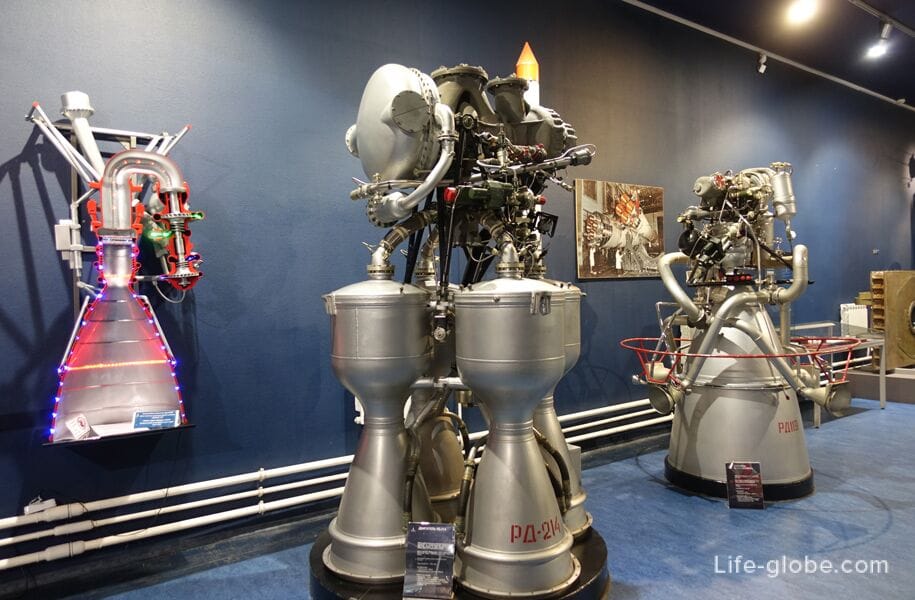
The museum presents reconstructions of designers' workrooms (including V.P. Glushko's office) and workshops, as well as documents and photographs related to the activities of the GDL.

GDL draftsman's office with a recreated working environment of the 30s of the 20th century
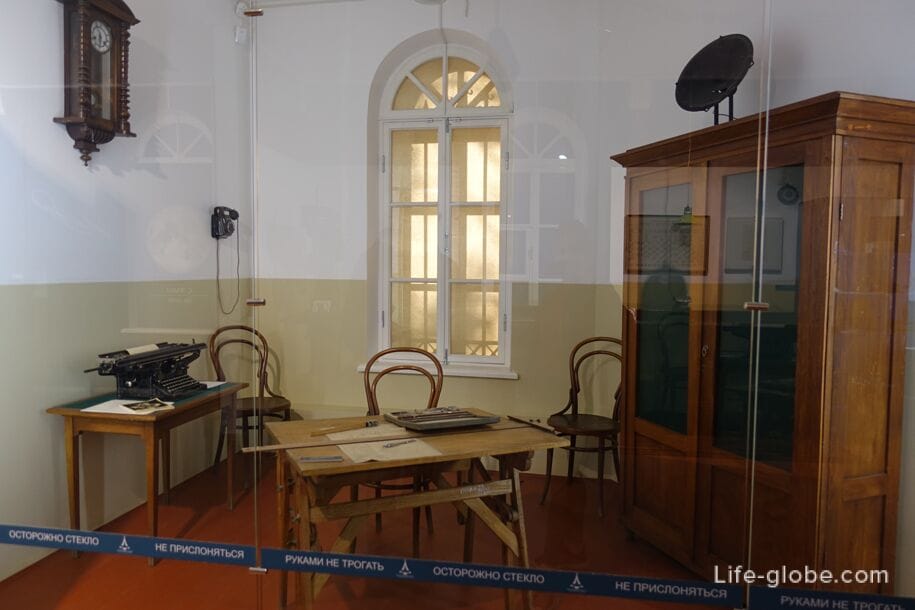
Recreated study of Valentin Glushko in the 30s of the 20th century
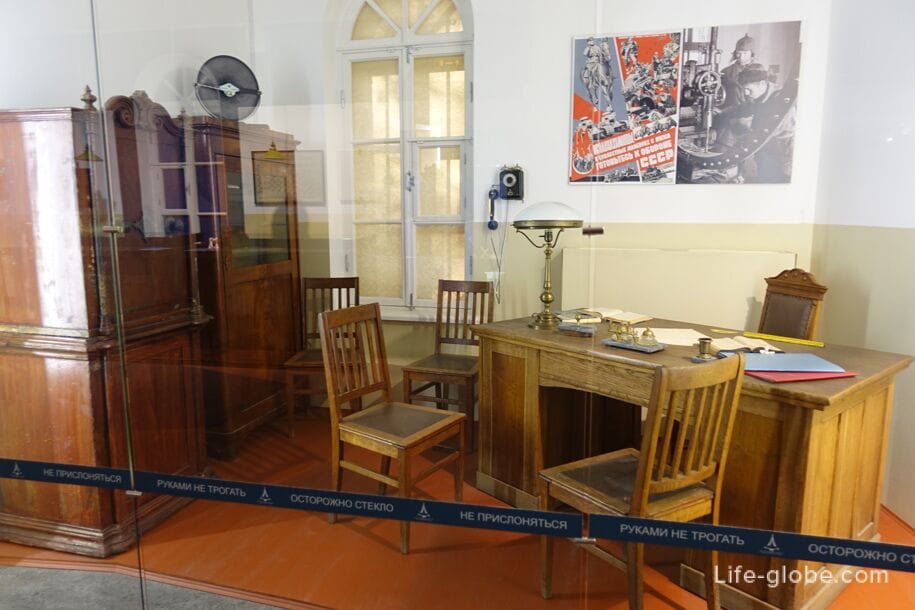
In the halls of the museum, models of the first artificial satellite, launched in the USSR on October 4, 1957, and the Vostok spacecraft, on which the world's first cosmonaut Yuri Gagarin flew into space on April 12, 1961, and the first female cosmonaut V. V. Tereshkova flew into space on June 16-19, 1963.
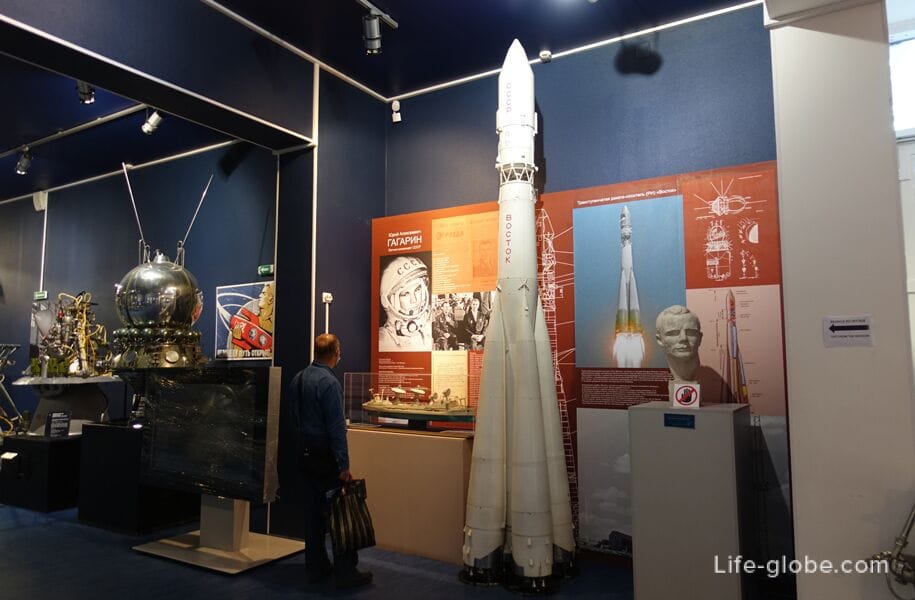
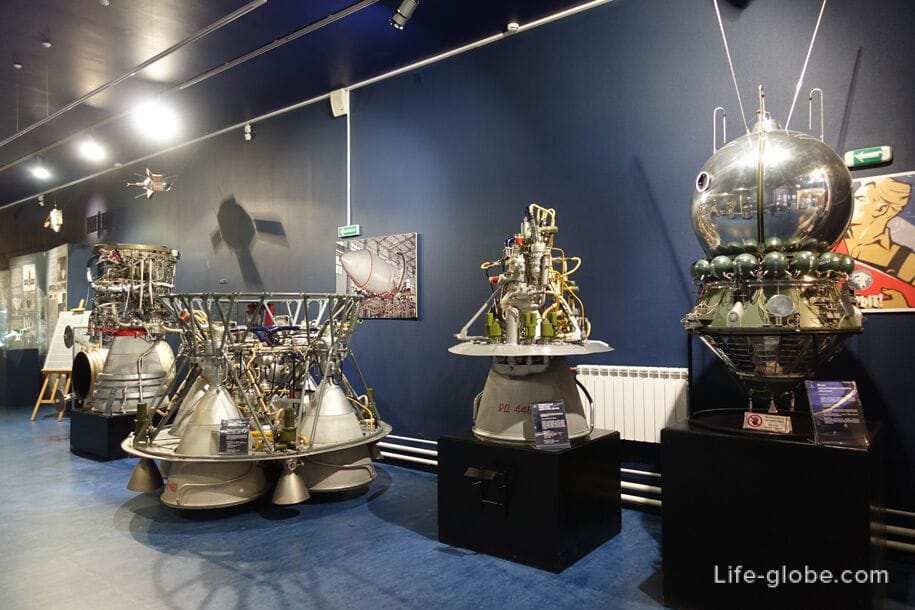
Mock-up of the fixation system with a stuffed dog
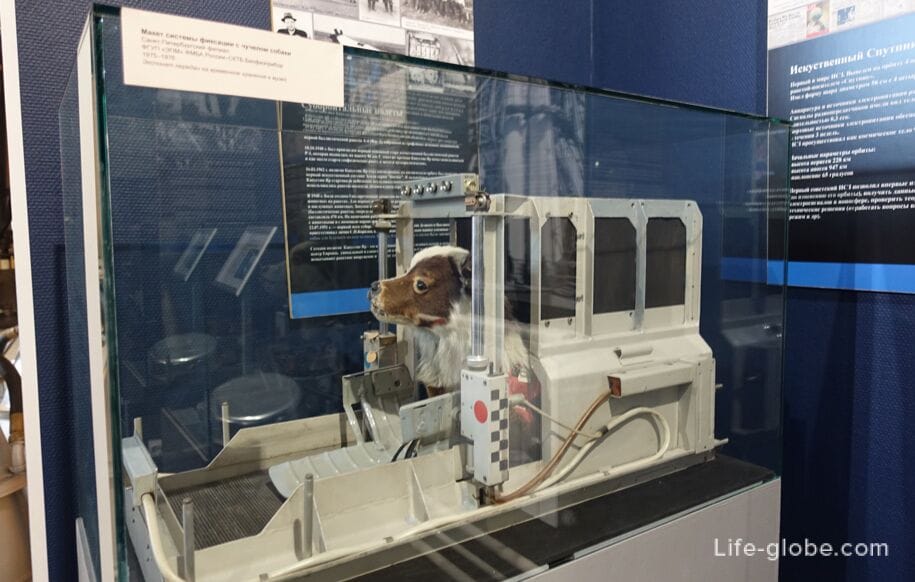
Mock-up of the Moon's globe (scale 1:20 million).)

Layout of the "Lunokhod-1" (scale 1:3) and a fragment of the control panel "Lenahoda-1»
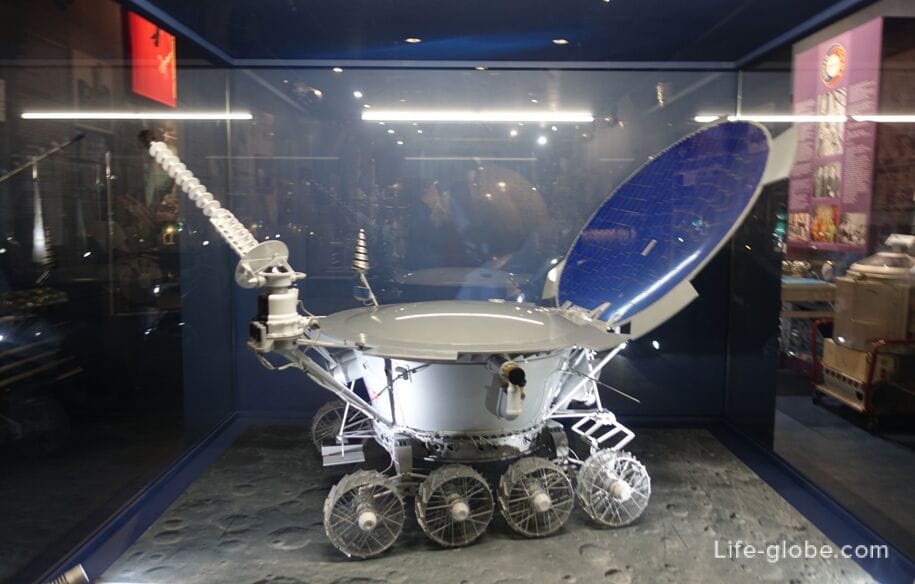
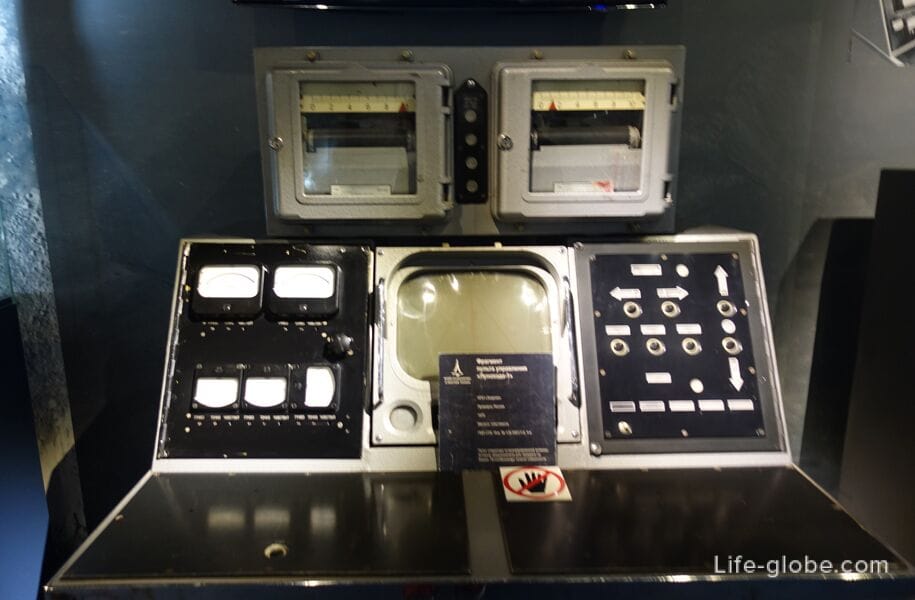
Cross-country assessment device (PrOP-M) for studying the physical and mechanical properties of the Martian soil
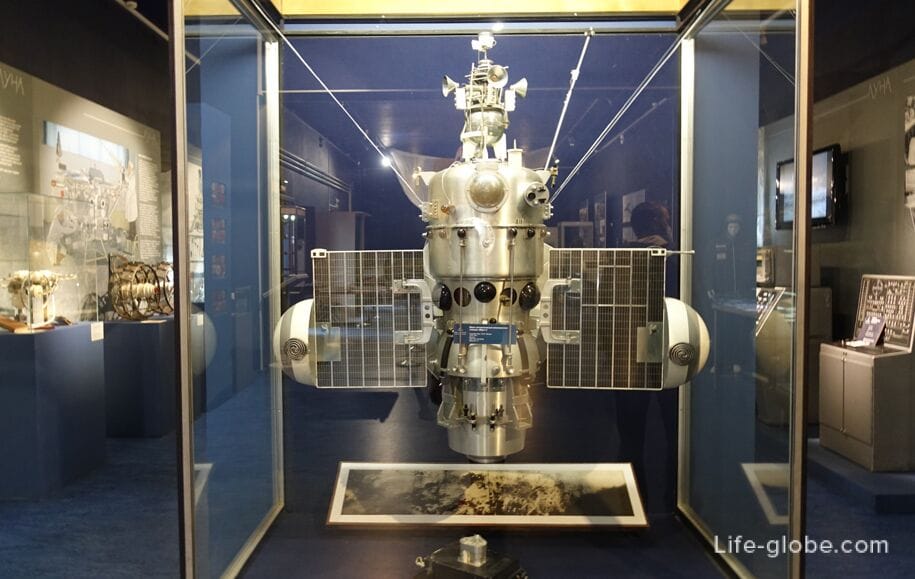
The museum's exposition presents a model of the International Space Station (at a scale of 1:50) - a manned orbital station used as a multi-purpose space research complex.
The deployment of the ISS in near-Earth orbit began with the launch of the Zarya functional cargo unit on November 20, 1998. The construction of the ISS takes place in orbit by sequentially adding another module to the complex. On November 2, 2000, the crew of the first main expedition arrived at the station.
Today, the ISS is a joint project involving the space agencies ROSCOSMOS, NASA (USA), JAXA (Japan), CSA (Canada), and ESA (European countries).

Costumes
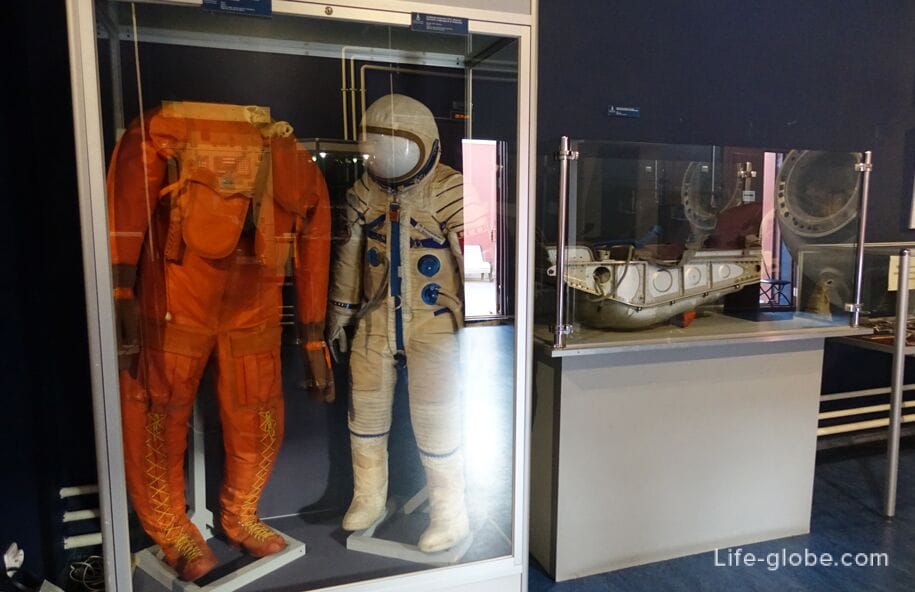
The lander of the Soyuz-16 spacecraft, which visited space and returned to Earth in December 1974.


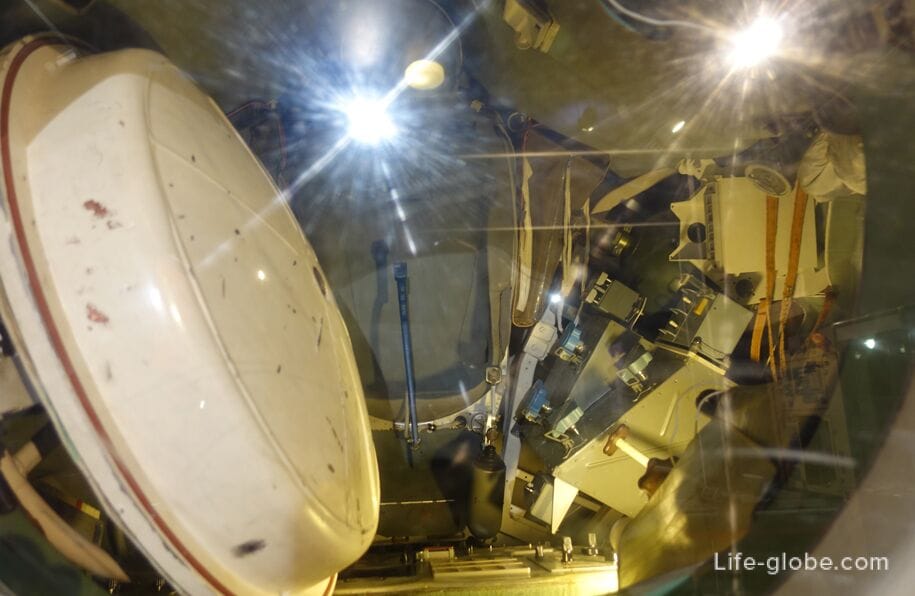
The seat bed "Kazbek-U" of the Soyuz spacecraft»
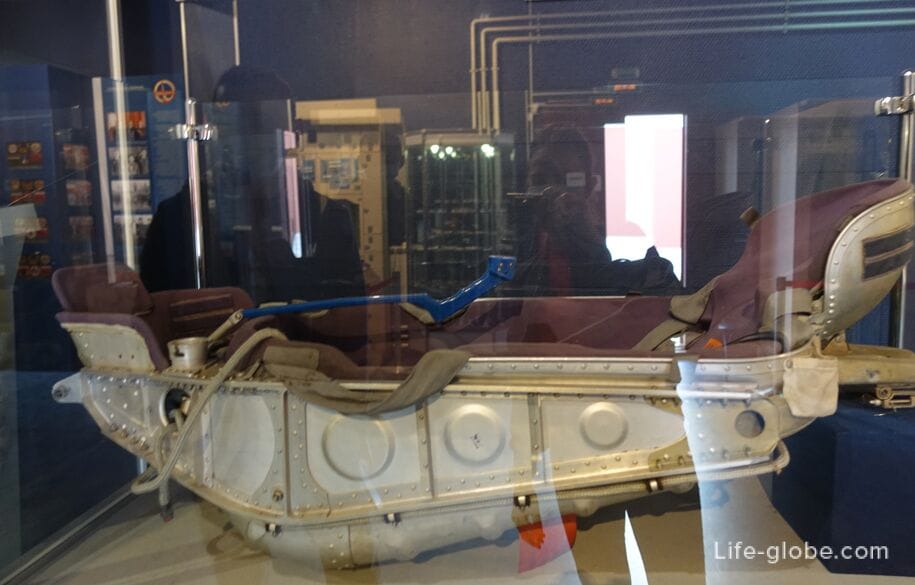
Food reception areas and hygiene rooms in the Zvezda service module of the Russian segment of the ISS (scale 1:1)
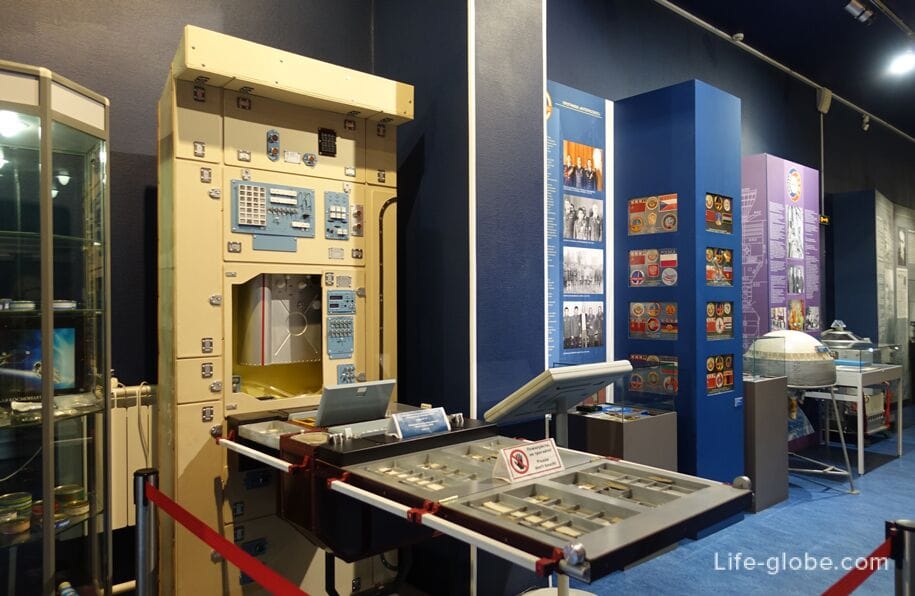
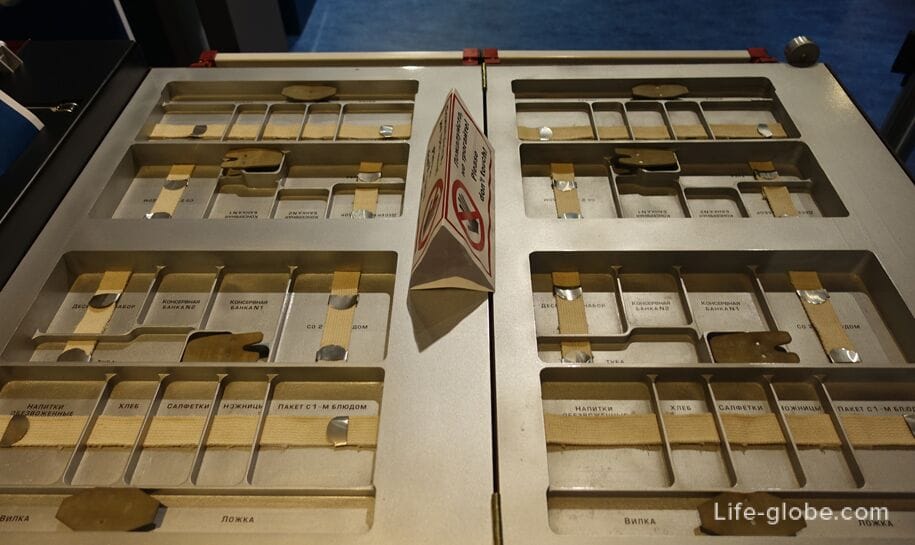
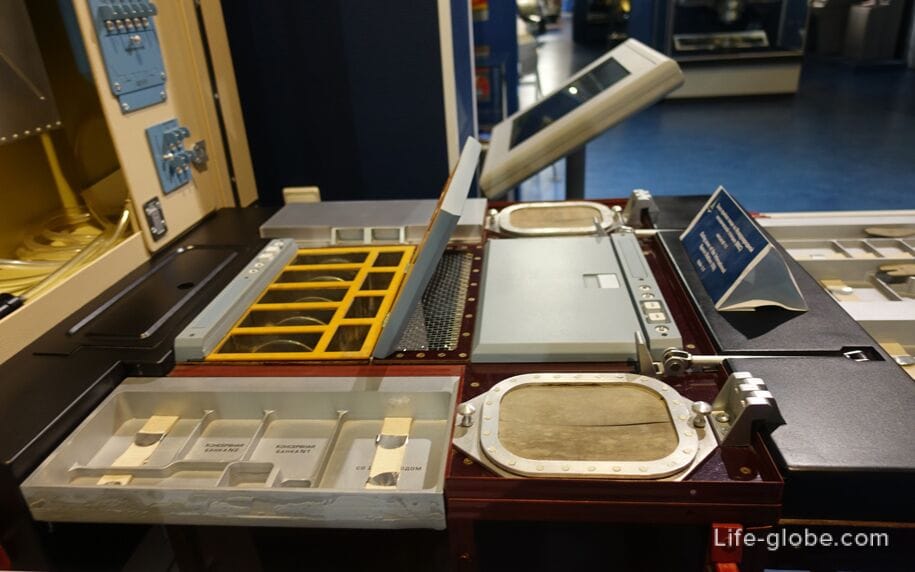
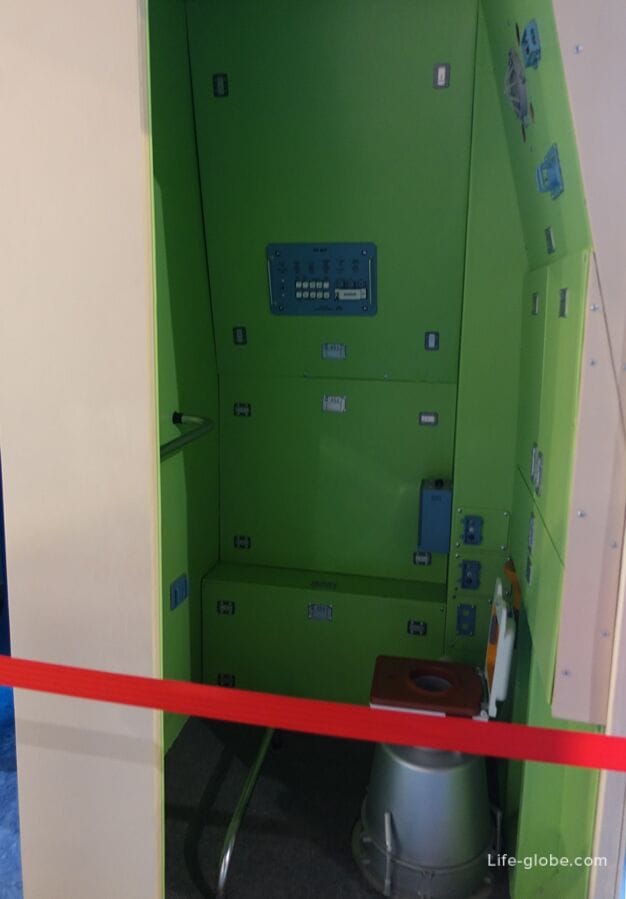
Samples of products included in the regular diet of astronauts

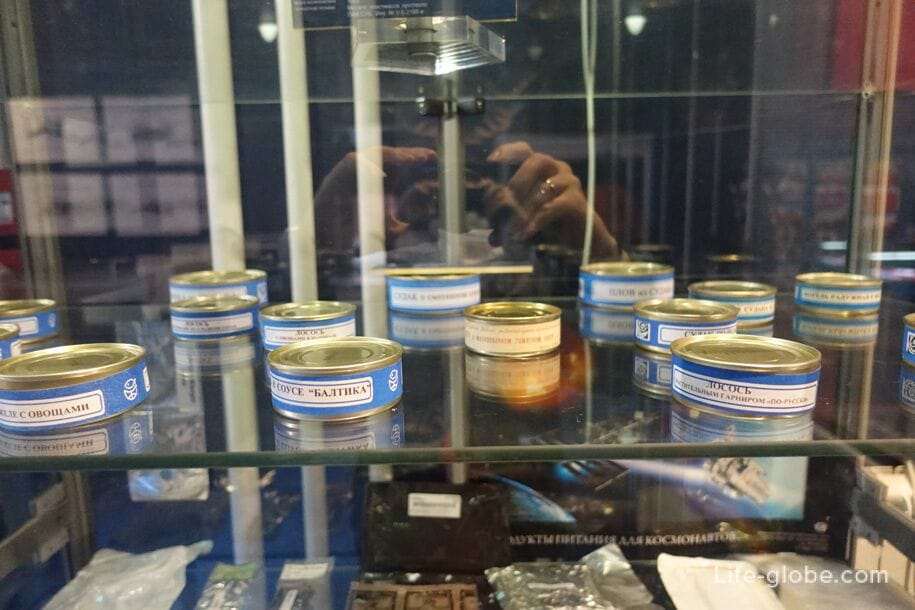


Practical information
Entrance to the Museum of Cosmonautics and Rocket Technology named after V.P. Glushko is paid. You can buy a ticket only to the museum or a complex ticket to visit other museums of the Peter and Paul Fortress, including The Peter and Paul Cathedral with the Grand Ducal Tomb, the Trubetskoy Bastion prison, the Museum of Science and Technology, as well as temporary exhibitions.
Guided tours of the museum are available.
The opening hours of the museum and museum tours, the cost and conditions of visiting, as well as other information, are recommended to check on the official website of the State Museum of the History of St. Petersburg, which includes most of the museums on the territory of the Peter and Paul Fortress, including the V. P. Glushko Museum of Cosmonautics and Rocket Technology.
Museum website: spbmuseum.
The entrance to the territory of the Peter and Paul Fortress is free (free of charge).
You can also visit the Peter and Paul Fortress with one of the excursions
Nearest metro stations: "Gorkovskaya" and "Sportivnaya".
All accommodation facilities in St. Petersburg, including in the city center and near the Peter and Paul Fortress, can be viewed and booked here






